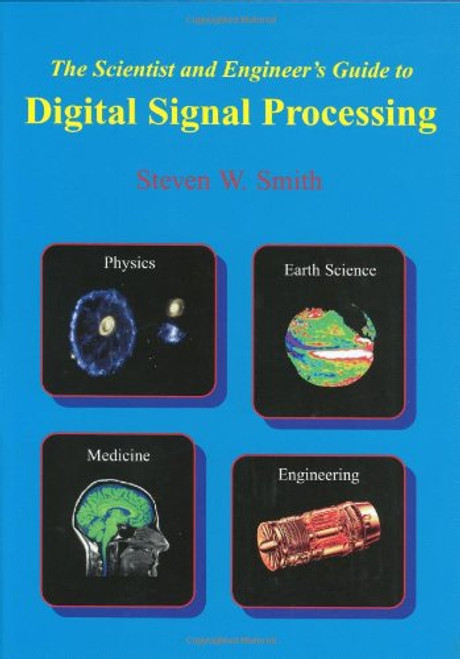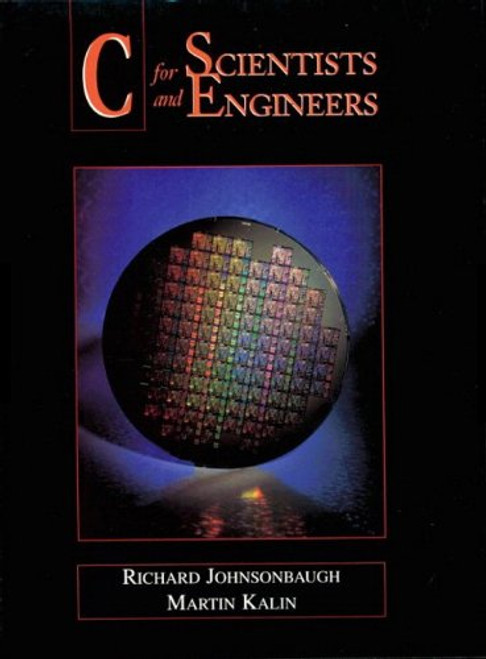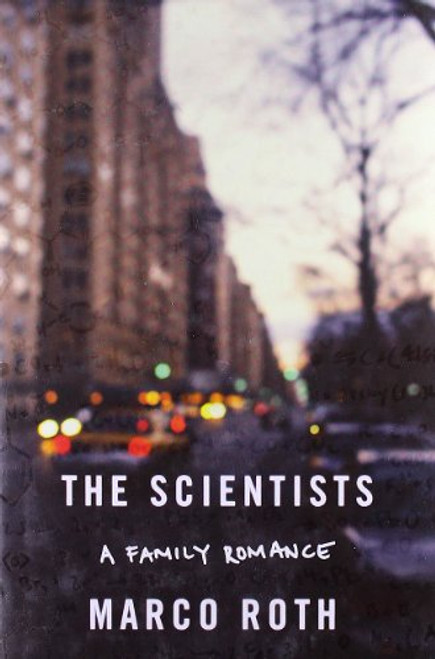Product Overview
Research in most scientific disciplines calls for painstaking accuracy and a hesitation to generalize for fear of distorting the truth. Given this penchant for nuance, scientists often feel uneasy about a relationship with anyone in the media who is seeking an eye-catching lead, usually with limited space to express subtleties. Researchers who give interviews often feel that their findings are distorted or sensationalized, and shun future media contact. By avoiding potential misrepresentations, however, scientists also sacrifice opportunities to educate the public on important issues related to health, the environment, outer space, and much more.
In A Scientist's Guide to Talking with the Media, Richard Hayes and Daniel Grossman draw on their expertise in public relations and journalism to empower researchers in a variety of fields to spread their message on their own terms. The authors provide tips on how to translate abstract concepts into concrete metaphors, craft soundbites, and prepare for interviews. For those looking for a higher profile, the authors explain how to become a reporter's trusted source-the first card in the Rolodex-on controversial issues.
A must-read for all scientists, this book shows how it is possible for the discoveries that hibernate in lecture halls and academic journals to reach a broader audience in a way that is accurate and effective.
In A Scientist's Guide to Talking with the Media, Richard Hayes and Daniel Grossman draw on their expertise in public relations and journalism to empower researchers in a variety of fields to spread their message on their own terms. The authors provide tips on how to translate abstract concepts into concrete metaphors, craft soundbites, and prepare for interviews. For those looking for a higher profile, the authors explain how to become a reporter's trusted source-the first card in the Rolodex-on controversial issues.
A must-read for all scientists, this book shows how it is possible for the discoveries that hibernate in lecture halls and academic journals to reach a broader audience in a way that is accurate and effective.






